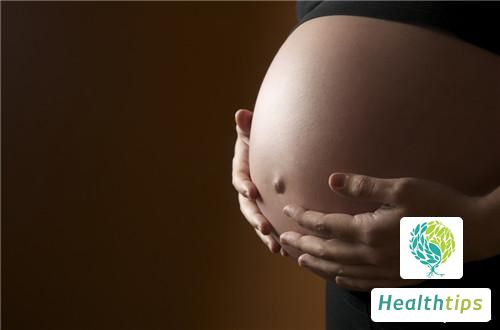Each person's height, weight, and body type vary, so the size of the belly during pregnancy also differs. If a pregnant woman wants to know whether the fetus is developing normally or abnormally during pregnancy, she can go to the hospital for a B-ultrasound. By observing the size of the fetus, B-ultrasound can determine whether it is consistent with the gestational age. Through examination, it can be found that the child's development is consistent with the gestational age, so there is no need to worry too much about the size of the belly.

1. There is no detailed standard for the size of the belly at 5 months of pregnancy, which depends on factors such as the shape of each pregnant woman, the thickness of abdominal fat, the level of fetal growth and development, differences in implantation position, water and sodium retention caused by hormonal changes during pregnancy, appetite and food intake, and whether nutrition is adequate. All these factors can affect the size of the pregnant belly.
2. The standard for the belly at 5 months of pregnancy is generally judged by combining the abdominal circumference (measured in a standing position, with the navel as the reference point, using a soft tape measure to wrap around the abdomen horizontally) with the uterine height to estimate the fetal weight. However, there are individual differences in abdominal circumference, and ultrasound examination is still necessary to assess the specific growth and development of the fetus. Normally, the belly becomes noticeable after three to four months, and a four-dimensional ultrasound examination can be performed at 6 months. It is recommended to eat more fruits and vegetables to enhance nutrition. Both delayed and early delivery are normal during pregnancy, and it is important to take calcium supplements regularly. A full-term pregnancy of 37 weeks usually results in a normal delivery.

